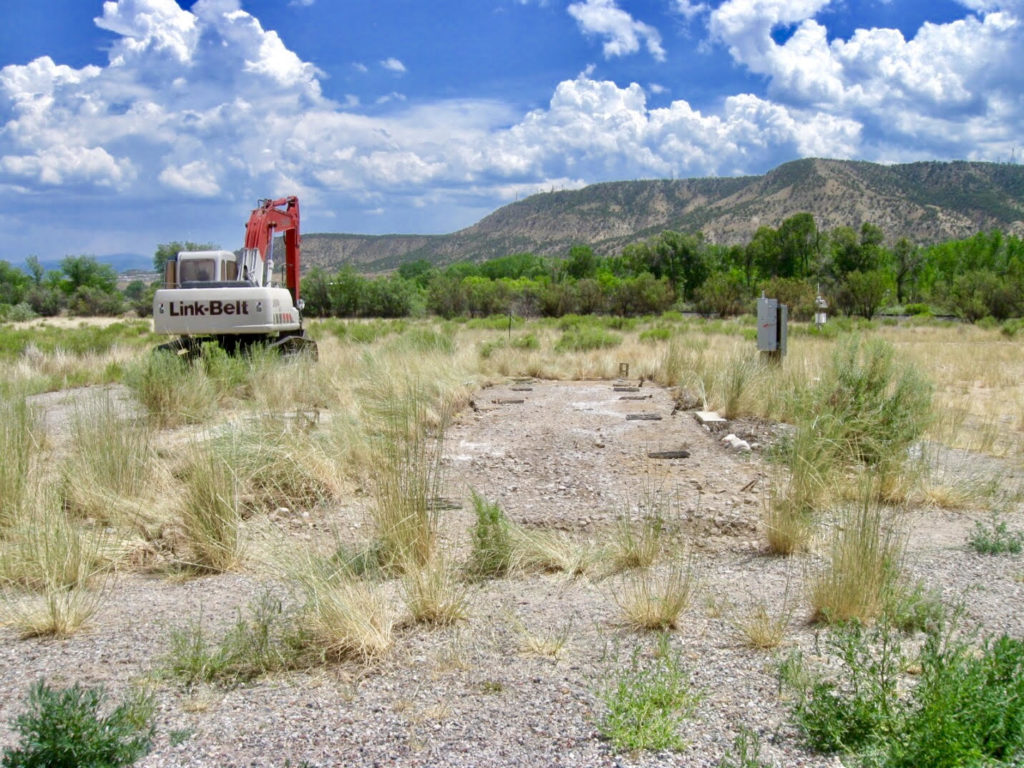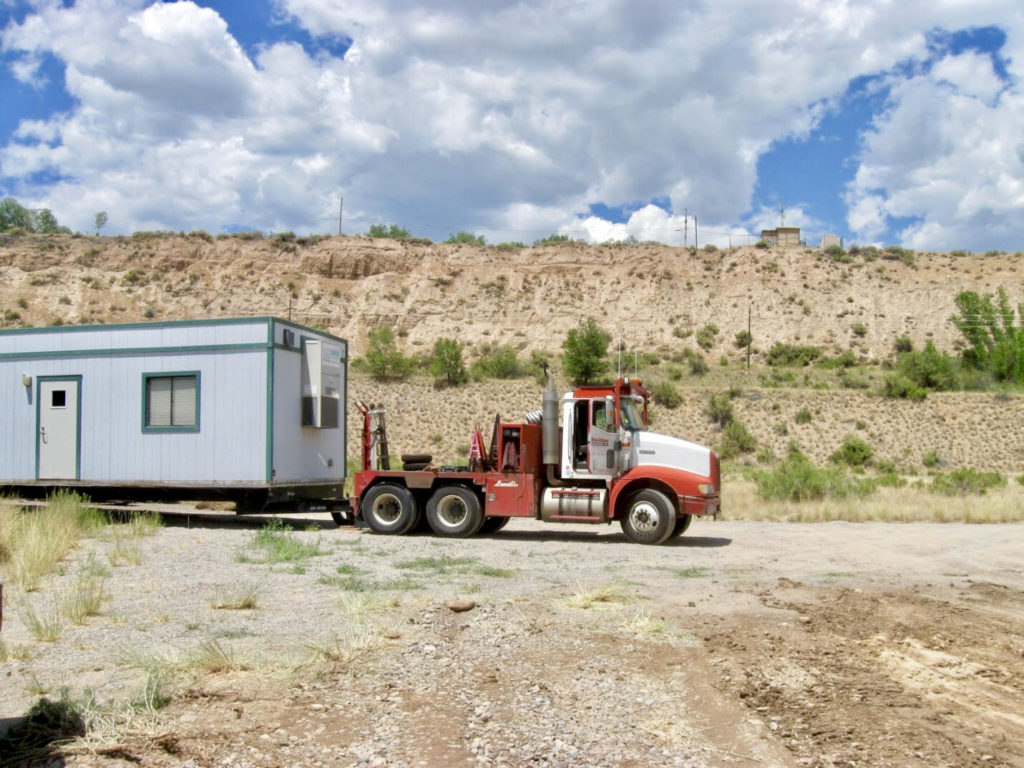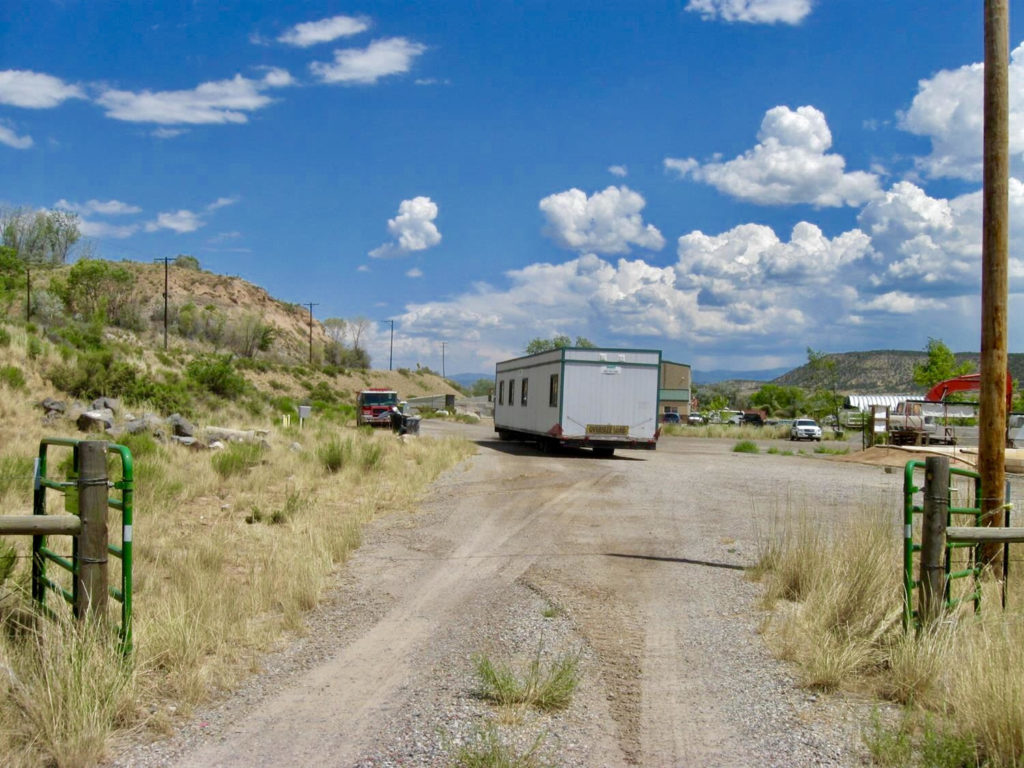(A) We successfully completed the drilling of the second deep well (150-ft below grade) in Redwell Basin. As noted previously, we encountered artesian flow at 150-ft, which brought an end to further downward progress. Prior to open hole geophysical logging and well completion, Mike Wilkins (Colorado State Univ.), joined me to collect a “deep microbiome” filtered sample for metagenomics analysis. We were able to serially filter (1.2, 0.2, 0.1-um) ca. 26-L of groundwater from the artesian flow zone at 150-feet within a metal sulfide-rich portion of the formation. These filters are currently stored at -80C in Gothic and will be sent to Jill Banfield (UC Berkeley) once preparations are made. Mike and I discussed the possibility for temporal omic-sampling from this depth if completion strategies being pursued this week result in sampling infrastructure that will allow for it. Fingers crossed for that.
(B) We’ve had an extremely active two weeks of field work. In the field have been teams led by Audrey Sawyer (Ohio State) and Mike Wilkins (CSU) working at Pumphouse on hyporheic zone biogeochemistry, Marty Briggs (USGS) et al. investigating a diversity of surface water-groundwater interaction zones using UAV imaging and fluorescence tracer injections, and John Bargar (SLAC) whose SLAC SFA team continues to probe heavy metal accumulation in floodplain sediments and redox-mediated processes impacting its fate along the Slate River / Oh-Be-Joyful confluence zone.
(C) While I’ve previously introduced John and his project to the team, I did want to introduce folks to the work of Audrey and Mike at Pumphouse and Marty et al. at Oh-Be-Joyful (and beyond). These “Meet the Scientist” videos run their usual ca. 3-min length, and I hope you’ll take the chance to watch them to find out what your East River collaborators are up to of late.
(D) Lastly — and as I say hopefully without irony — it’s all over but for the crying at Old Rifle. While I still maintain a small but active research footprint there examining uranium remediation via hydroxyapatite formation, we’ve reached a critical inflection point for that site. The attached photos tell the story, and for that group of dedicated “Old Rifle” readers, you might better find a box of tissue. I can safely say that Old Rifle made my career and that of so many others on and off this email list. We created what is without question the world’s foremost subsurface microbial observatory and we — especially DOE-SC and DOE-LM — should be rightfully proud. To plagiarize from Friday Night Lights: “Rifle forever.”



